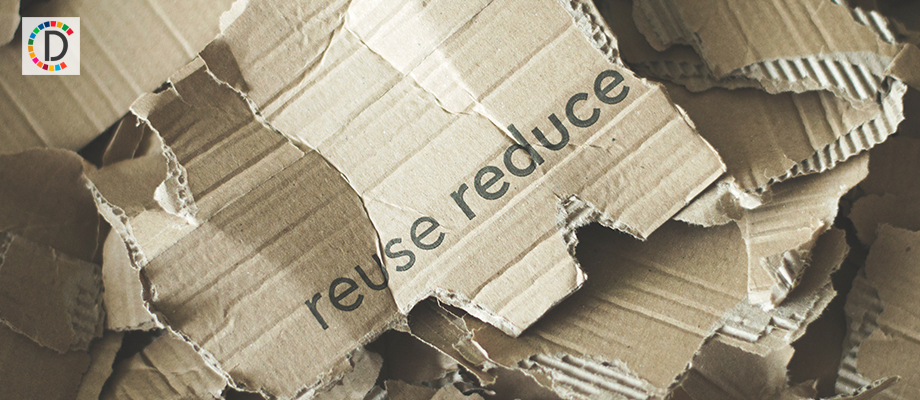Balancing Power: A Game Changer for Renewable Energy Success
The Wärtsilä report highlights the necessity of integrating balancing power technologies to achieve a cleaner energy future. By comparing two pathways to 2050, the study reveals that balancing power can significantly reduce costs and emissions as well as optimize renewable energy systems.

- Country:
- India
The Wärtsilä report underscores the importance of balancing power technologies in achieving a sustainable energy future. By examining two pathways towards 2050, it suggests that including balancing power in the energy mix could lead to substantial cost and emission reductions.
According to the report, integrating balancing power can reduce cumulative CO₂ emissions by 21% and save EUR 65 trillion by 2050, as compared to relying solely on renewables and energy storage. This approach optimizes renewable systems, lessens wasted energy, and diminishes the need for excessive land.
For India, achieving a 500 GW renewable energy capacity by 2030 necessitates adopting flexible technologies like gas-powered balancing plants. The Wärtsilä-KPMG study emphasizes the imperative for policy shifts and investment to ensure a stable, sustainable energy transition, paving the way for a cleaner future.
(With inputs from agencies.)
ALSO READ
Serentica Renewables Powers UP with 200 MW Green Energy Boost
Essar Energy Transition Fuels Appoints New Tech Leader for Digital Overhaul
Vedanta Leads Green Transformation Journey: Mitigates 28 Million Tonnes of Carbon Emissions
Industrial robots driven by AI significantly lower carbon emissions
Reviving Coal Power Plants: A New Dawn in Energy Transition










